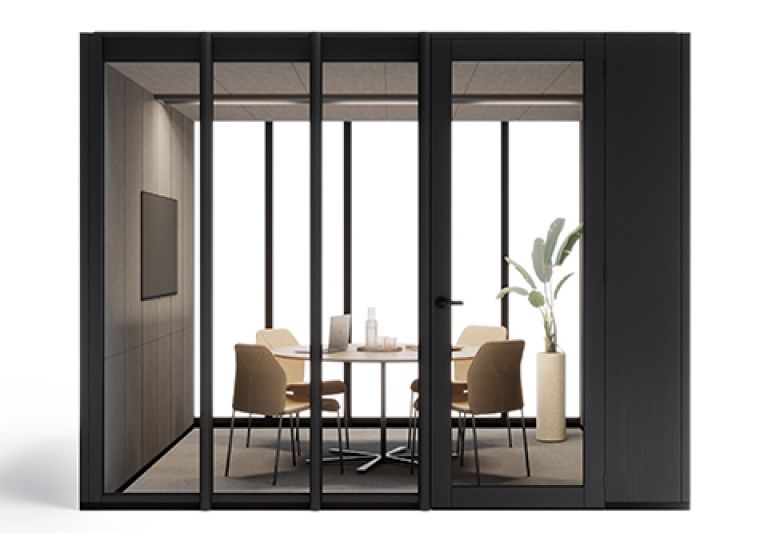Types of attention
Focused attention
Focused attention is the most basic level of attention and is the ability to focus on a specific stimuli. For example, reading an email from your manager, or listening to a client when they speak to you.
Sustained attention
Sustained attention is much like focused attention, however occurs for an extended period of time. Examples of this kind of attention include listening to a long meeting, reading an essay or working on an extensive project.
Selective attention
Selective attention is the process of focusing on one stimulus while actively ignoring other stimuli around you. For example, talking on the phone in a room where others are having a discussion, or focusing on writing an article while music is playing in the background.
Alternating attention
Alternating attention refers to the ability to move your attention between two or more stimulus. An example of this is listening to a presentation while also taking notes, or working in CAD, then answering an email, and then going back to CAD work.
Divided attention
Divided attention is the process of paying attention to more than one stimulus at once. For example, feeling a fabric while listening to someone explain its make up, or sketching while talking to a co-worker.
As seen in the aforementioned examples, all types of attention come into play within a workspace. In particular, sustained attention is a high-value commodity within the office, so it remains imperative that workspace leaders, managers and designers identify how this kind of attention can be maximised.
What causes our attention spans to be interrupted?
There are different types of distractions – acoustic, visual and psychological – and in a workspace, we are faced with a number of these on a regular basis. These potential distractions include things such as a moving vehicle outside the window, someone talking on the phone nearby, a group having a loud meeting, the coffee machine running, or people walking about in your peripherals.
It’s important to understand that distractions can be quite subjective; how someone is impacted by a potential distraction will vary from one person to the next. For example, a nearby conversation may distract one person so much that it causes them to lose their concentration, whilst this same conversation will have little to no impact on the colleague sitting right next to them. As a result of this subjectivity, workspaces need to provide employees with adequate choice and a balance in spaces that allows them to choose where they will work based on their needs.
Enhancing the attention of employees
In order to enhance attention in the workspace, in particular sustained attention, we must design workspaces that understand how people may be distracted and create environments that are sensitive to individual needs. If we understand what people need from their environment, we can provide them with relevant spaces that allow them to concentrate without distractions or interruptions. The right combination of spaces and products can help to reduce distractions in the workspace.
Things like partitions can help eliminate visual distractions and buffer noise, while soft architecture like booths and sound-proof rooms can do this even better. As product and interior designers create answers to the distractions we are currently facing, we look toward to a future where people see their primary workspace as being relevant and supportive of all their working needs, both collaborative and concentrated.
Related Products

Focus Quiet Meeting Room

Focus Quiet Work Room


